The makers of the Deltec Cozmo insulin pump have allowed a patient with diabetes to look to a single instrument for help with satisfying the essential needs of every diabetic patient. The Deltic Cozmo insulin pump has an integrated pump and blood glucose monitor. The monitor sends the results of each blood glucose test to the software that is in the Deltec Cozmo pump.
The pump software stores the results of the past blood glucose tests. The pump can help a diabetes patient to remember the need for performing an additional blood glucose test. The pump can be set to send reminders about an approaching testing time, a time when the pump expects to receive the reading from yet another blood glucose test.
The Deltec Cozmo insulin pump decreases the risk that the pump wearer might experience an unexpected high blood glucose level. The Deltec Cozmo pump can calculate the number of carbohydrates in a meal, and can suggest the appropriate bolus dose, the dose of insulin that should be pumped into the body before the meal. The Deltec delivers the bolus dose according to the units of insulin in that pump-in dose.
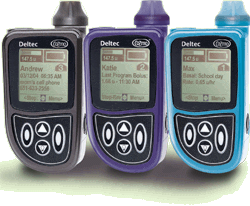 The makers of the Deltec Cozmo insulin pump have allowed a patient with diabetes to look to a single instrument for help with satisfying the essential needs of every diabetic patient. The Deltic Cozmo insulin pump has an integrated pump and blood glucose monitor. The monitor sends the results of each blood glucose test to the software that is in the Deltec Cozmo pump.
The makers of the Deltec Cozmo insulin pump have allowed a patient with diabetes to look to a single instrument for help with satisfying the essential needs of every diabetic patient. The Deltic Cozmo insulin pump has an integrated pump and blood glucose monitor. The monitor sends the results of each blood glucose test to the software that is in the Deltec Cozmo pump.
The pump software stores the results of the past blood glucose tests. The pump can help a diabetes patient to remember the need for performing an additional blood glucose test. The pump can be set to send reminders about an approaching testing time, a time when the pump expects to receive the reading from yet another blood glucose test.
The Deltec Cozmo insulin pump decreases the risk that the pump wearer might experience an unexpected high blood glucose level. The Deltec Cozmo pump can calculate the number of carbohydrates in a meal, and can suggest the appropriate bolus dose, the dose of insulin that should be pumped into the body before the meal. The Deltec delivers the bolus dose according to the units of insulin in that pump-in dose.
While wearing a Deltec Cozmo pump can give the pump software added information. If the pump wearer has favorite foods, or favorite meals, then the contents of the food/meal can be entered into the pump software. The CozFoods feature on the pump provides the mechanism for giving the pump software that added information.
Armed with information about a pump wearer’s favorite foods, a Deltec Cozmo pump is better prepared to make a rapid determination of the needed bolus dose for any meal. The pump wearer can control the rate at which the bolus dose enters his or her body. The bolus dose can be delivered in a brief minute, or it can enter the body over a period of two, three, four or even five minutes.
The ability of the diabetic to control the bolus dose on a Deltec Cozmo pump mirrors the control of the basal dose delivered by the pump. The basal dose is the minimum amount of insulin, the amount that enters the blood stream at all times. The pump releases a dose of basal insulin every three minutes.
A diabetes patient who wears a Deltec Cozmo pump can set the basal insulin dose to agree with his or her weekly schedule. The software in the pump can change the basal dose from one day to the next. The software can call-up a different insulin delivery schedule for each day of the week.
The Deltec Cozmo insulin pump is a waterproof device. The pump obtains the insulin from a plastic, removable cartridge. Each cartridge holds 300 units of insulin. A clear gauge makes it easy to see when the pump needs a new insulin-holding cartridge.
Those who might be thinking about buying a Deltec Cozmo pump should know that the pump will not work with just any cartridge. The Deltec Cozmo pump requires a Smith’s medical cartridge. That cartridge fits into the tiny cartridge space that is found in the Deltec Cozmo pump.
The Deltec Cozmo pump is about the size of a cell phone. Still the pump has clear and unmistakable numbers and letters on its display screen. The nature of the screen window makes the numbers and figures easy to read.
The pump can be temporarily disconnected from the site at which the insulin enters the patient’s body. The pump can remain detached from the implant site for a period of 15 minutes to two hours. The Deltec Cozmo pump can be set to deliver a bolus dose of insulin before the pump becomes detached from the location of the implant.
The insulin pump will respond to CoZmanager 2.0 PC communications software. Once given that software program, the Deltec pump can truly personalize the nature of its changing basal and bolus insulin doses. The re-programmed pump also offers more assistance with the reporting of the blood glucose levels (as determined from the test results).
It will help to avoid the occurrence of bolus stacking. The Deltec Cozmo insulin pump carefully tracks the “Active Insulin in the Blood.” The pump offers assurance that the pump wearer will not forget that he or she has just called for a bolus dose of insulin, and will thus request a second, an unnecessary dose.
Special security controls are included. Those controls restrict the number of people who can re-program the pump. Such reprogramming can be performed only by a select few, namely those who have been supplied with the needed password.
It’s a lot like a PDA. It can be programmed to respond to the needs of an expected schedule. The pump software can receive input about that expected schedule. The pump can then adjust the bolus and or basal rate according to the provided schedule.
The Deltec Cozmo pump helps the diabetic patient to achieve a more precise insulin dosing. The precise delivery of the bolus and basal insulin allows the pump to facilitate the maintenance of a desirable blood glucose level in the bloodstream.
The integration of the blood glucose monitor and the insulin pump is the newest feature on the Deltec Cozmo pump. Still, it should not be viewed as the last new feature. The researchers at the plant that makes the Deltec Cozmo pump continue to search for more ways by which to bring their pump closer to the “ideal pump,” the pump envisioned by the average diabetes patient.
Manufacturer Smiths Medical
Retail Price $7,549.85
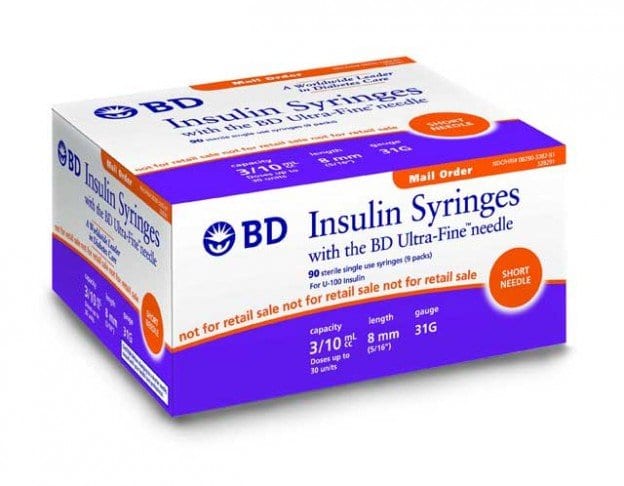
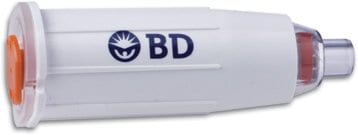

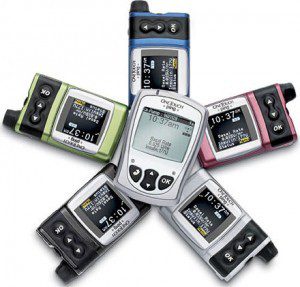 For diabetics,
For diabetics,  Diabetes is a medical condition which is serious in nature but is one which can be maintained by following a few simple rules. Things such as eating healthy, keeping your blood sugar level at a favorable rate and getting a good amount of exercise will all help to keep your diabetes at a manageable level. Another way to maintain your diabetes is by using an
Diabetes is a medical condition which is serious in nature but is one which can be maintained by following a few simple rules. Things such as eating healthy, keeping your blood sugar level at a favorable rate and getting a good amount of exercise will all help to keep your diabetes at a manageable level. Another way to maintain your diabetes is by using an 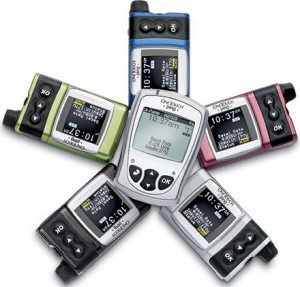 The Animas 2020
The Animas 2020  The makers of the Deltec Cozmo
The makers of the Deltec Cozmo  Diabetic management relies on proper adherence to dietary lifestyle changes, as well as, traditional diabetic therapy. Maintaining a healthy blood glucose level may not the easiest task, but in the end, can make all the difference in the daily life of a diabetes patient. One method of blood sugar control is
Diabetic management relies on proper adherence to dietary lifestyle changes, as well as, traditional diabetic therapy. Maintaining a healthy blood glucose level may not the easiest task, but in the end, can make all the difference in the daily life of a diabetes patient. One method of blood sugar control is 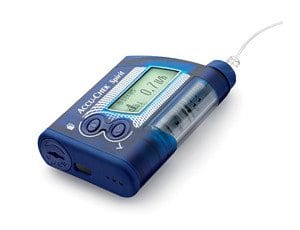 Roche markets the disetronic spirit
Roche markets the disetronic spirit 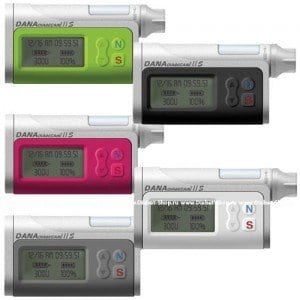 Made and assembled in Korea, the Sooil Dana Diabecare II
Made and assembled in Korea, the Sooil Dana Diabecare II